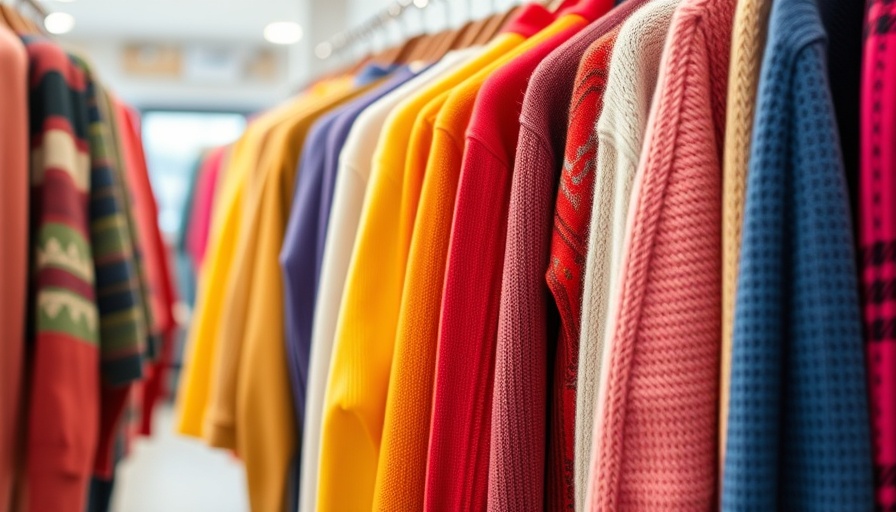
Unlocking Hidden Gems: The Unique Treasure Trove of Second-Hand Shops
Second-hand stores are more than just retail spaces; they serve as treasure troves brimming with unique items, from vintage clothing to quirky collectibles. For tech-savvy individuals and early adopters who appreciate originality and sustainability, these shops offer a rich experience that transcends traditional shopping. Diving into the world of second-hand shopping not only leads to distinctive finds but also aligns with sustainable consumer practices that attract conscientious buyers.
Why Sustainable Shopping Matters
Purchasing pre-owned goods plays a crucial role in environmental conservation. By choosing second-hand products, consumers embrace eco-friendly habits, diminishing waste and reducing the demand for new manufacturing processes that typically consume vast energy and resources. Moreover, supporting second-hand shops contributes to the local economy, creating a cycle of community engagement that is pivotal for small business growth.
The Cost-Effectiveness of Thrift Shopping
The allure of second-hand shops often lies in their affordability. With competitive pricing compared to brand-new items, shoppers can score high-quality goods without draining their wallets. For aspiring entrepreneurs, second-hand shops present not only a shopping destination but also an insightful marketplace, demonstrating evolving consumer preferences that can guide future retail strategies.
Tech-Savvy Shopping Tips for Modern Consumers
For tech-oriented shoppers, maximizing the second-hand shopping experience involves strategic planning. Utilizing mobile apps to locate the best thrift stores, keeping an active wishlist of desired items, and being open to unexpected discoveries can enhance the hunt for treasure. Engaging with online platforms and social media gives consumers access to a broader network of second-hand offerings and promotional events.
The Entrepreneurial Aspect: Involvement in the Second-Hand Market
If you're considering starting a second-hand business, it pays to understand the trends within this sector. The surge of interest in thrift shopping provides new entrepreneurs a fertile ground to establish a niche market. Key strategies include defining your brand identity, exploring funding options like crowdfunding or angel investors, and utilizing modern marketing tactics like AI-powered social media campaigns to boost visibility and engage customers.
Exploring Future Trends: The Rise of Tech in Second-Hand Shopping
Looking ahead, technology's impact on second-hand shopping is anticipated to grow. Innovations like AI-driven inventory management systems and virtual reality shopping experiences could revolutionize how consumers interact with these unique marketplaces. Brands can leverage AI marketing tools to analyze consumer behaviors and tailor promotions, ensuring that valuable insights drive decisions.
Conclusion: Embrace the Hidden Treasures of Second-Hand Shops
For tech enthusiasts and anyone looking to delve into sustainable consumer habits, second-hand shops are ideal places to explore unique finds while supporting local economies. The experiences garnered through these shops go well beyond transactions; they foster community, creativity, and conscientious shopping. So why not turn your next shopping trip into an adventure? You never know what hidden gems await you amidst the aisles of a second-hand store!



Write A Comment